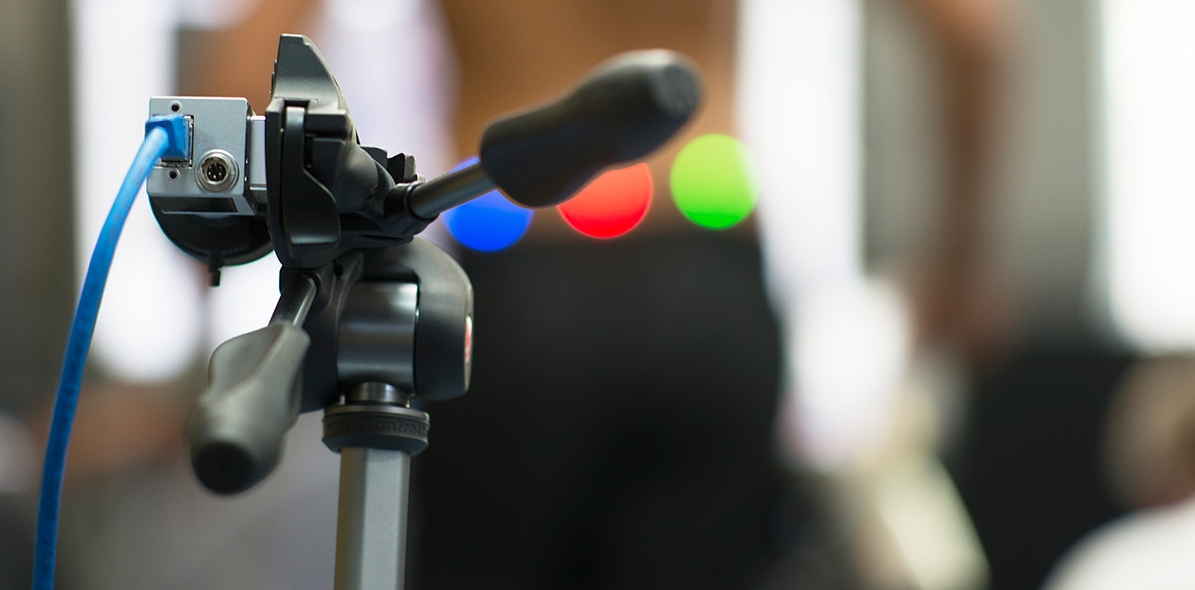
Achilles Tendinopathy: Causes, Treatment, and Misconceptions
Achilles Tendinopathy is a common presentation that we see in people who run and is actually one of our favourite conditions to treat at The Running Room. There are many misconceptions about Achilles Tendinopathy, from its name, why people develop this condition and how to ultimately fix it. Let’s start with the name and a little fun fact. You may be thinking why tendinopathy rather than tendonitis. Well, the "itis" refers to inflammation and more recent scientific literature has revealed that people with achilles tendon pain often have little inflammation within the tendon itself, and therefore the term tendinopathy is what we now use. Interesting right?
Causes of Achilles Tendinopathy in Runners
Achilles tendinopathy stems from overuse. As we engage in running, each stride subjects our tendons to mechanical stress, a fundamental process that prompts positive adaptations. However, when this stress surpasses the tendon's healing capacity, it slowly enters a state of overuse. The speed at which tendinopathy develops hinges on various factors, including the magnitude of stress, your genetic predisposition, and dietary considerations.
The Pathophysiology of Achilles Tendinopathy
The pathophysiology involves tenocytes (Cells within tendons) becoming stressed as outlined above; they then release cytokines (Signaling molecules) to upregulate proteoglycans which attract water. The tendon then swells and thickens. This leads to collagen fiber disruption (Proteins that give tendons their strength), which triggers neovascularization (Repair process BUT only happens early). This process is not very effective, and the end result is collagen fiber disarray, haphazard proliferation of tenocytes, and increased extracellular matrix.
How do you fix Achilles Tendinopathy Tendinopathy
Adjusting Training Load: This could involve reducing the overall volume by half, skipping one weekly session, or taking a very brief break from your routine.
Footwear Considerations
Heavy Slow Resistance Training: Tendons tend to recover and regain functionality best when subjected to heavy loads at a slow tempo.
Running Biomechanics: A low cadence (steps per minute) and forefoot striking pattern can increase stress on your Achilles tendon.
Gradual Plyometric Exercises: Incorporating plyometric exercises is essential to restore elasticity and springiness.
Tendon Neuroplastic Training: Incorporating externally paced strength training, using a metronome, has shown promise in adjusting the control mechanisms for muscles and reducing tendon stress.
How long does it take?
Tendons have limited blood flow so the recovery is longer than muscle strains. There are large amounts of individual variability, however 12 weeks is commonly seen in the clinic.
Get Professional Help for Achilles Tendinopathy
Access Our Services in Sydney Eastern Suburbs and London Battersea (H2)
We have physiotherapy clinics in Clovelly, Coogee, and Manly, as well as in London, so come and see us in person or if you are anywhere in the world, access us via an online physiotherapy consultation that we have specifically developed to assess and treat runners anywhere in the world with great success.
If you are looking for a quality nutrition products to enhance your training, recovery and wellbeing we recommend Nuzest
We have established a relationship with the amazing team at Nuzest and they have been kind enough to give our community an exclusive rate on all of their amazing products.
For 20% off all Nuzest products use the code below at the checkout:
THERUNNINGROOM



![[Mo]re Than A Run Sydney 2024 🥸
So good to see so many people out running this morning and showing up (despite the rain around CP) all in aid of men’s mental health. Over 200 runners bopping around Centennial, chatting and starting conversati](https://images.squarespace-cdn.com/content/v1/5a77ea35dc2b4a0bdb3fc4b9/1732941224838-WML7GNF86XR3TXA8ZQ5L/image-asset.jpeg)


